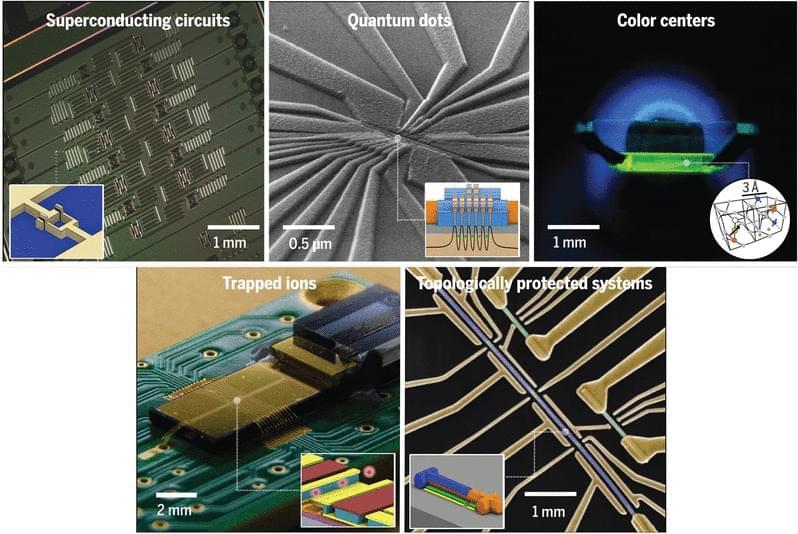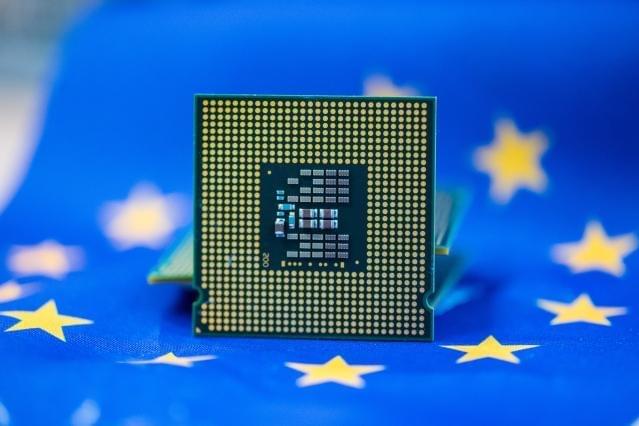ZipCharge announces trial of its portable EV charging solution that can double as energy storage for the grid.
The production issues could impact SSD pricing.


The production issues could impact SSD pricing.
Western Digital says it has lost at least 6.5 exabytes (6.5 billion gigabytes) of flash storage due to contamination issues at its NAND production facilities. The contamination could see the price of NAND — the main component of SSDs — spike up to 10 percent, according to market research firm TrendForce. Any potential NAND shortages or price fluctuations could affect the PC market over the next few months, which had another big year in 2021 despite global chip shortages and demand for GPUs.
The contamination of materials used in the manufacturing processes appears to have been detected in late January at two plants in Japan, with Western Digital’s joint venture partner, Kioxia (previously Toshiba), revealing it has affected BiCS 3D NAND flash memory.
Western Digital and Kioxia’s partnership amounts to around 30 percent of the NAND flash market, according to TrendForce. Both Western Digital and Kioxia primarily supply SSD and eMMC storage drives for PCs, and Western Digital is one of the leading suppliers in the industry.

The potential of quantum computers to solve problems that are intractable for classical computers has driven advances in hardware fabrication. In practice, the main challenge in realizing quantum computers is that general, many-particle quantum states are highly sensitive to noise, which inevitably causes errors in quantum algorithms. Some noise sources are inherent to the current materials platforms. de Leon et al. review some of the materials challenges for five platforms for quantum computers and propose directions for their solution.
Science, this issue p. eabb2823.


In a way, entangled particles behave as if they are aware of how the other particle is behaving. Quantum particles, at any point, are in a quantum state of probabilities, where properties like position, momentum, and spin of the particle are not precisely determined until there is some measurement. For entangled particles, the quantum state of each depends on the quantum state of the other; if one particle is measured and changes state, for example, the other particle’s state will change accordingly.
The study aimed to teleport the state of quantum qubits, or “quantum bits,” which are the basic units of quantum computing. According to the study, the researchers set up what is basically a compact network with three nodes: Alice, Charlie, and Bob. In this experiment, Alice sends a qubit to Charlie. Bob has an entangled pair of qubits, and also sends one qubit to Charlie, where it interferes with Alice’s qubit. Charlie projects Alice’s qubit onto an entangled quantum Bell State that transfers the state of Alice’s original qubit to Bob’s remaining qubit.
The breakthrough is notable for a few reasons. Many previous demonstrations of quantum teleportation have proven to be unstable over long distances. For example, in 2016, researchers at the University of Calgary were able to perform quantum teleportation at a distance of six kilometers. This was the world record at the time and was seen as a major achievement.

Thermal span in a layered compound promises applications in next-generation electrical switches and nonvolatile memory.
When temperature changes, many materials undergo a phase transition, such as liquid water to ice, or a metal to a superconductor. Sometimes, a so-called hysteresis loop accompanies such a phase change, so that the transition temperatures are different depending on whether the material is cooled down or warmed up.
In a new paper in Physical Review Letters, a global research team led by MIT physics professor Nuh Gedik discovered an unusual hysteretic transition in a layered compound called EuTe4, where the hysteresis covers a giant temperature range of over 400 kelvins. This large thermal span not only breaks the record among crystalline solids, but also promises to introduce a new type of transition in materials that possess a layered structure. These findings would create a new platform for fundamental research on hysteretic behavior in solids over extreme temperature ranges. In addition, the many metastable states residing inside the giant hysteresis loop offer ample opportunities for scientists to exquisitely control the electrical property of the material, which can find application in next-generation electrical switches or nonvolatile memory, a type of computer memory that retains data when powered off.

When the next generations are fewer and less wealthy than the previous generations(who are living longer), problems can arise.
| Invest in blue-chip art for the very first time by signing up for Masterworks: https://masterworks.art/wallstreet.
See important disclosures: https://mw-art.co/37WwvbD
This video is sponsored by Masterworks.
In this video we look at the structure of the US Social Security system and how it closely resembles aa Ponzi Scheme. Current retirees are paid from payroll taxes collected from existing workers. In recent years the demographic trends in the US have deteriorated significantly and Social Security expected to become insolvent by 2033.
0:00 — 1:39 Intro.

But with more of everything?
Every day brings us closer to the launch of next generation video cards. The RX 6,000 series and Nvidia RTX 30 series have been with us for well over a year, and we’re looking forward to what’s coming next. Well known leaker Greymon55 loves a good tease and his latest tweet indicates that the fundamental architecture of the upcoming Lovelace, or RTX 40 series GPUs isn’t all that different from those of current Ampere RTX 30 GPUs.
The Lovelace architecture doesn’t change much. February 5, 2022
See more.
